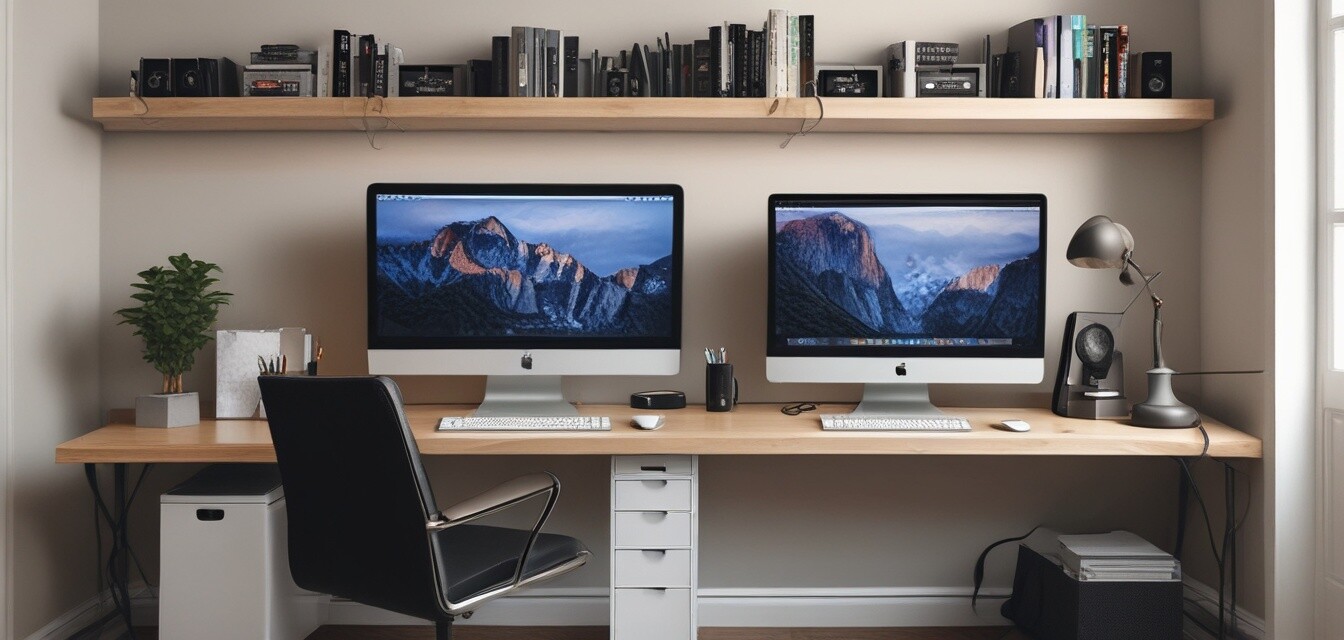
How to Train Your Family on Cable Management Best Practices
Key Takeaways
- Effective cable management improves the overall aesthetics and safety of your home.
- Teaching best practices fosters accountability and organization among family members.
- Utilizing various cable organizers can simplify the management process.
- Regular maintenance and check-ins can keep cable clutter under control.
- Involve family members in the process to promote teamwork and engagement.
With the rise in remote work and technology usage, the challenge of managing cables at home is more significant than ever. Cables tend to create clutter and can become a safety hazard if not handled properly. Training your family on cable management best practices will not only enhance the aesthetics of your living spaces but also foster a sense of responsibility among family members. This guide will provide actionable tips to educate your family on effective cable organization.
Understanding the Importance of Cable Management
Cable management is crucial for several reasons:
- Safety: Exposed or tangled cables can pose tripping hazards.
- Productivity: A tidy workspace enhances focus and efficiency.
- Aesthetics: Neat cable organization contributes to a welcoming home environment.
- Longevity: Proper management can extend the lifespan of cables and connected devices.
Types of Cable Organizers
Before you start training your family, it is essential to understand the different types of cable organizers available. Here’s a quick overview:
| Type | Description | Usage |
|---|---|---|
| Cable Clips & Holders | Small tools that attach to surfaces to hold cables in place. | Best for desktop and wall-mounted cable management. |
| Cable Organizer Boxes | Boxes designed to conceal power strips and excess cabling. | Ideal for centralizing cables in living areas. |
| Cable Sleeves & Covers | Fabric or plastic sleeves that bundle multiple cables. | Great for reducing visible cable clutter. |
| Cable Ties & Straps | Straps to secure cables together for easier management. | Useful for organizing cables on desks or behind furniture. |
| Under-Desk Cable Trays | Trays mounted under desks to hold cables out of sight. | Perfect for creating a clean desktop. |
Training Your Family: Step-by-Step Guide
Now that you understand the basics, here are some steps to effectively train your family on cable management:
1. Hold a Training Session
Gather the family to discuss the importance and benefits of good cable management. Make it a fun and interactive session.
2. Demonstrate Best Practices
Show them various types of cable organizers. Here are some best practices to cover:
- Label your cables to avoid confusion.
- Group similar cables together using ties and clips.
- Place cables out of sight using boxes and trays.
- Regularly check for cable wear and replace as needed.
3. Assign Roles and Responsibilities
Assign each family member specific areas or devices to manage. This encourages everyone to be accountable.
4. Make It a Part of Routine
Integrate cable maintenance into your family's weekly chores. Consistency will form lasting habits.
5. Encourage Feedback
Ask family members for their input on the organization system. This will foster a sense of ownership and improve engagement.
Regular Maintenance and Troubleshooting
After training, it’s crucial to follow up with regular maintenance. Here are some tips:
- Schedule monthly check-ins to review cable organization.
- Encourage open dialogue about any issues encountered.
- Adjust organization methods based on feedback.
Conclusion
By teaching your family about effective cable management strategies, you contribute not just to a tidy living space but also to a culture of responsibility and teamwork. Remember to use appropriate tools and involve every family member in the process. Together, you can create an organized and enjoyable home environment.
Quick Tips for Successful Cable Management
- Use color-coded labels for different devices.
- Consider investing in cable clips and holders for easy access.
- Keep excess cables stored in a cable organizer box.
- Make use of cable sleeves and covers to bundle cables.
- Consider installing under-desk trays to keep cables hidden and tidy.